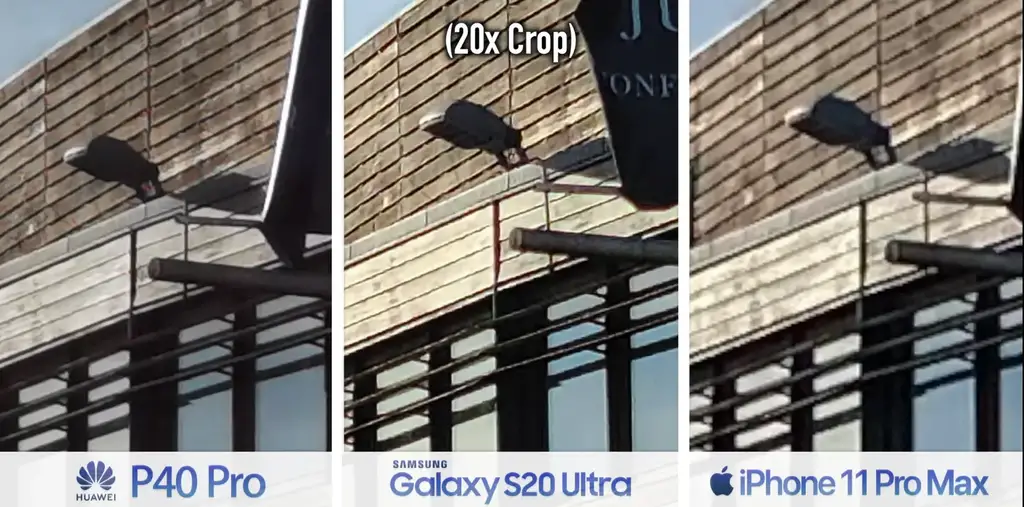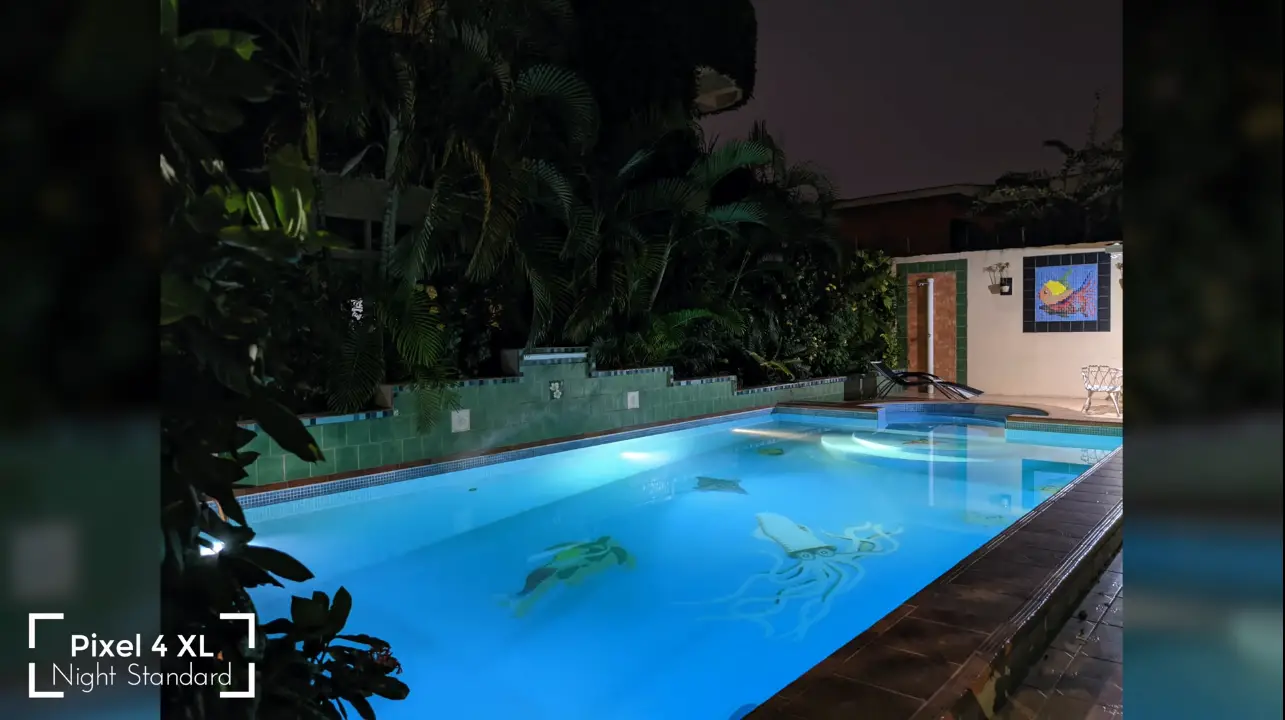Which Camera Is Better 12mp Or 13mp
Cameras take get i of the major selling points for modern-solar day smartphones. Every bit a result, brands are e'er trying to cram in as many megapixels equally possible to lure consumers and photography enthusiasts. Over the past yr, we've come up across phones having 48MP and 64MP cameras. And now, the limelight is on 108MP sensors, seen on phones like Samsung Galaxy S20 Ultra, Mi 10, and the freshly-unveiled Motorola Edge+.
So, what'due south the reality behind the 108MP smartphone cameras, and what are their advantages and disadvantages? Let's have a quick look at the aforementioned below. Read on.
The Truth of 108MP Smartphones Cameras
What does 108MP mean?

You may already know that a camera consists of a sensor that captures low-cal to create photos. These sensors are divided into millions of pixels to capture light individually, making up for each megapixel.
So, but like a 12MP camera has 12 million pixels, a 108MP camera's sensor boasts a whopping 108 one thousand thousand pixels onboard.
The 108-megapixel camera's larger pixel count allows information technology to capture more information, compared to 64MP, 48MP, and traditional 12MP cameras. Hence, you lot get a more detailed image that can be zoomed in digitally or printed on a larger scale without becoming blurry or grainy.
Use of Pixel Binning Applied science
Now, cramming in more pixels into a camera sensor means the pixels get smaller. And that's primarily because of express space for the camera module inside a smartphone'south trunk, especially when you already have almost nine times more pixels than a regular camera.
Since each pixel is required to capture light information, the smaller size results in bottom clarity and more colour dissonance in dimly-lit conditions. To tackle this issue, smartphone companies deploy special pixel binning techniques. The main idea backside binning is to combine information from neighboring pixels into 1, to enhance the overall image quality.

The Galaxy S20 Ultra's master camera has 108-megapixels laid out in a 1/ane.3-inch sensor, with each pixel having a size of 0.8µm. The Nonacell pixel binning used here combines 9 pixels to one brand a super-pixel with a resulting size of 2.4µm. The last moving picture bears lower 12-megapixel resolution but looks better in reality. In the image given above, you can clearly see the ameliorate dynamic range in the binned image.
Similarly, the Xiaomi Mi Note ten uses Tetracell technology in its 108MP camera to combine four pixels into i, yielding 27MP images with a resultant pixel size of 1.6μm. The 4-into-1 binning technique is present on almost all 48-megapixel and 64-megapixel camera smartphones.
Pixel Binning helps the camera compensate for smaller pixel sizes, especially in depression-light. As a result, it gets to deliver brighter and clearer pictures with ameliorate clarity, dynamic range, and lesser noise. Though the overall resolution may be compromised, that you won't mind giving up for the smaller epitome size.
Advantages & Disadvantages of having a 108MP Camera
The high-resolution 108MP cameras come with certain positives and negatives. To start with, they allow you capture amazing shots in daylight with high levels of details that won't pixelate on zooming in. And and then comes low-light photography, where the software processing has to compensate for smaller pixel size through pixel binning.
Note that the high-resolution images oftentimes outcome in slow-processing times and extensively large files. For example, an average 12MP flick would measure about 2-5MB. At the aforementioned fourth dimension, the image clicked at 108MP resolution will requite you an approximate size of 20-30MB. That's why most smartphones with a loftier megapixel count employ pixel-binning by default to capture lower resolution images.

That's not it—the huge sensor size, coupled with a fixed wide aperture, results in a narrower plane of focus. You get a express area to focus during shut-ups, resulting in premature isolation of objects from the background. It may wait good in some instances while bad in others, and this can't be rectified using pixel binning. The utilize of variable discontinuity in time to come phones should mitigate such limitations, though.
Is it a Gimmick?
108MP cameras aren't pure gimmicks, counting in the fantastic performance of Samsung Galaxy S20 Ultra. Just it'southward important to note that more megapixels don't necessarily mean meliorate colors, better dynamic range, or ameliorate low-light performance. For instance, a Pixel 4 or an iPhone 11 Pro would nevertheless be my choice for everyday photographic camera use except for when I want insane zoom or super-high-resolution images.
Moreover, most flagship smartphones these days come equipped with telephoto lenses for optical zoom. This rectifies the need for a high-resolution sensor in many scenarios except for when you lot want to zoom after taking a picture. The Huawei P40 Pro would be an ideal case every bit the company went with a 50MP sensor, which has by far larger pixels than its 108MP contest.
Wrapping Up
In the terminate, having more megapixel on offering is indeed useful for attaining extensively high levels of detail. But then over again, factors like image processing, sensor size, pixel size, discontinuity, and more are equally of import in deciding image quality. Yous might've seen phones with 12MP outperforming the ones with 48MP cameras, haven't you? Let the states know your thoughts in the comments below.
Likewise, read- How to Get Pixel 4 Camera Features on Other Android Smartphones
Source: https://gadgetstouse.com/blog/2020/05/02/truth-behind-108mp-smartphone-cameras/
Posted by: hayescamagirse.blogspot.com



0 Response to "Which Camera Is Better 12mp Or 13mp"
Post a Comment